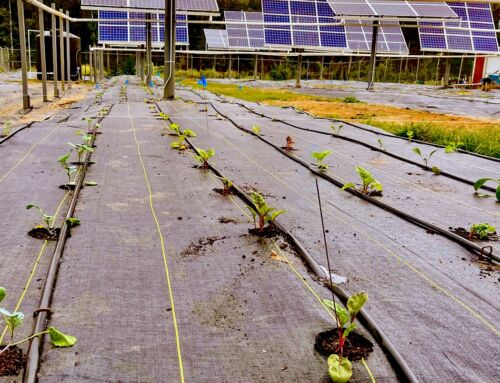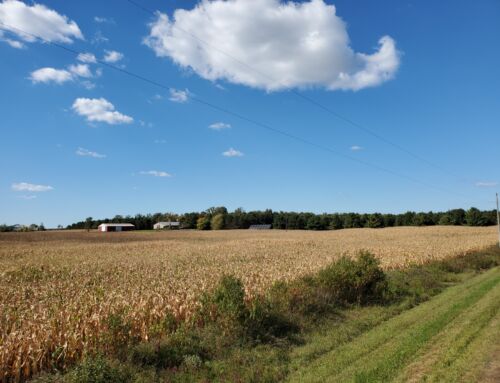In the United States, hundreds of millions of acres are devoted to grazing land and pastures. Enterprising ranchers, farmers, solar developers, and agriculture are working together to find out whether some of this land could be used to reliably generate energy. If proven to be feasible, economical, and sustainable, on a large scale, cattle-voltaics or solar grazing could be a groundbreaking approach to land use and renewable energy generation.
But not all solar-grazing projects need to be scaled to utility proportions. Small ranches, dairy farms, and other land devoted to free-range livestock can make use of ground-mounted solar to gain supplemental income, offset energy costs, and provide their animals with some extra shade.
With careful planning and an enterprising approach, solar mounts and grazing animals could offer symbiotic benefits that go beyond sustainable energy generation. To help you determine whether they’re a possibility for your property, this article will look at some of the primary considerations for moving forward with a smaller-scale solar grazing project.
Lead With Your Energy Goals
For cattle-voltaics projects, it can be helpful to think of solar mounts as a shade structure that happens to generate electricity. But even with that approach, a solar mount is still an energy investment. This is why you’ll want to identify your power output goals and what you hope to gain from this investment.
Do you want to offset just some of your energy costs? Are you hoping to qualify for tax incentives or agrivoltaics grants and funding? Do you want to generate enough energy to power an electric tractor or make your barn or home fully off-grid? Maybe you’d like to do all of the above.
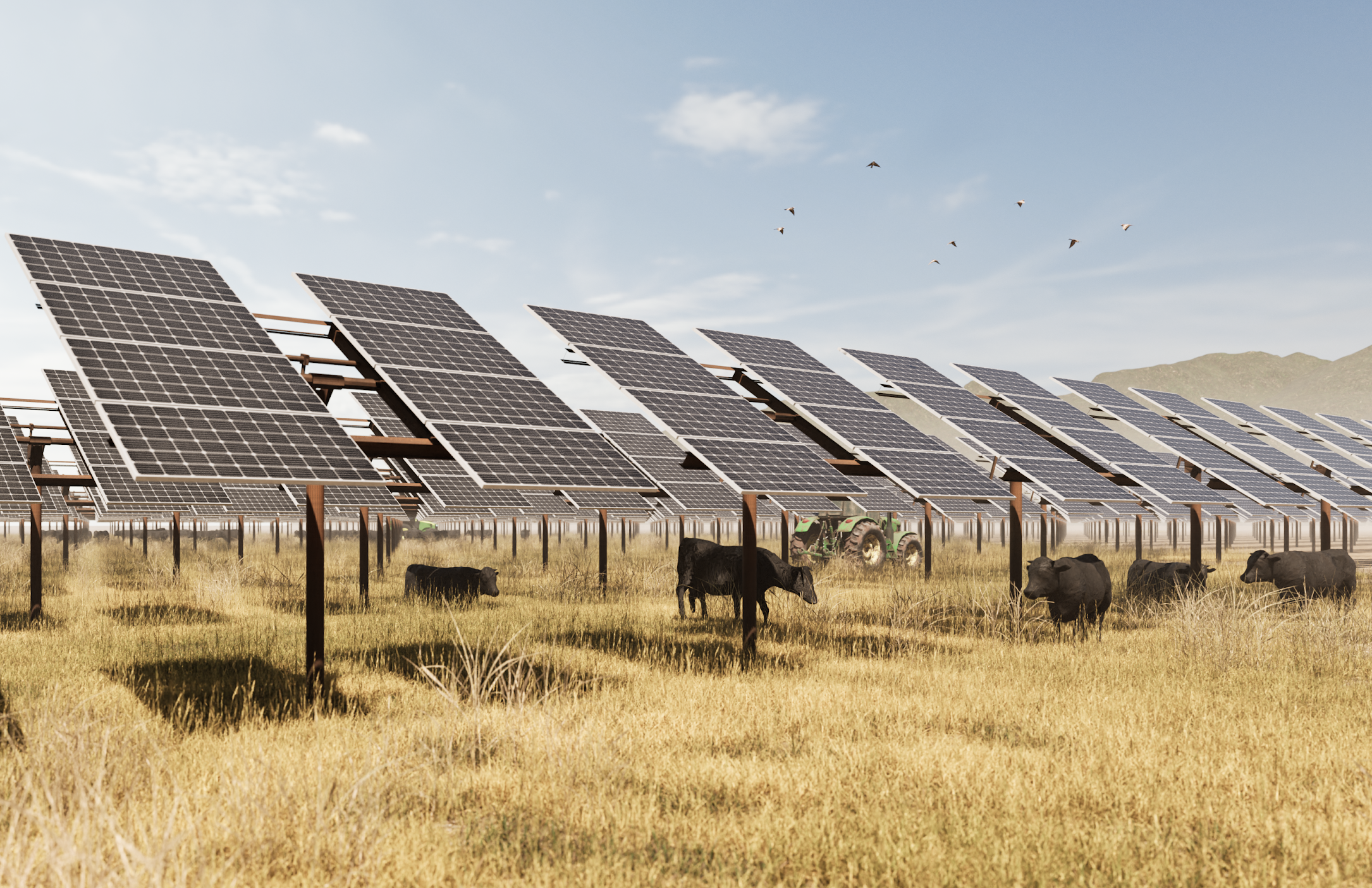
Multiple cattle-votaics mounts are configured for high power output, balanced shade and sun exposure, and uninhibited grazing.
Whether large or small, energy output goals are a critical starting point as they’ll drive the size of the solar array or arrays—depending on whether a single mount or series of smaller mounts work better for your operations and long-range goals. These and other specifics will drive the design and installation planning, so make sure to thoroughly assess what you hope to gain from your project.
Prioritize Your Animals and Operations
Beyond energy generation, animal requirements and behavior should be primary factors in the mount design and overall planning of the project. All components will need to be installed so that there are no safety concerns for animals, plants, or the equipment.
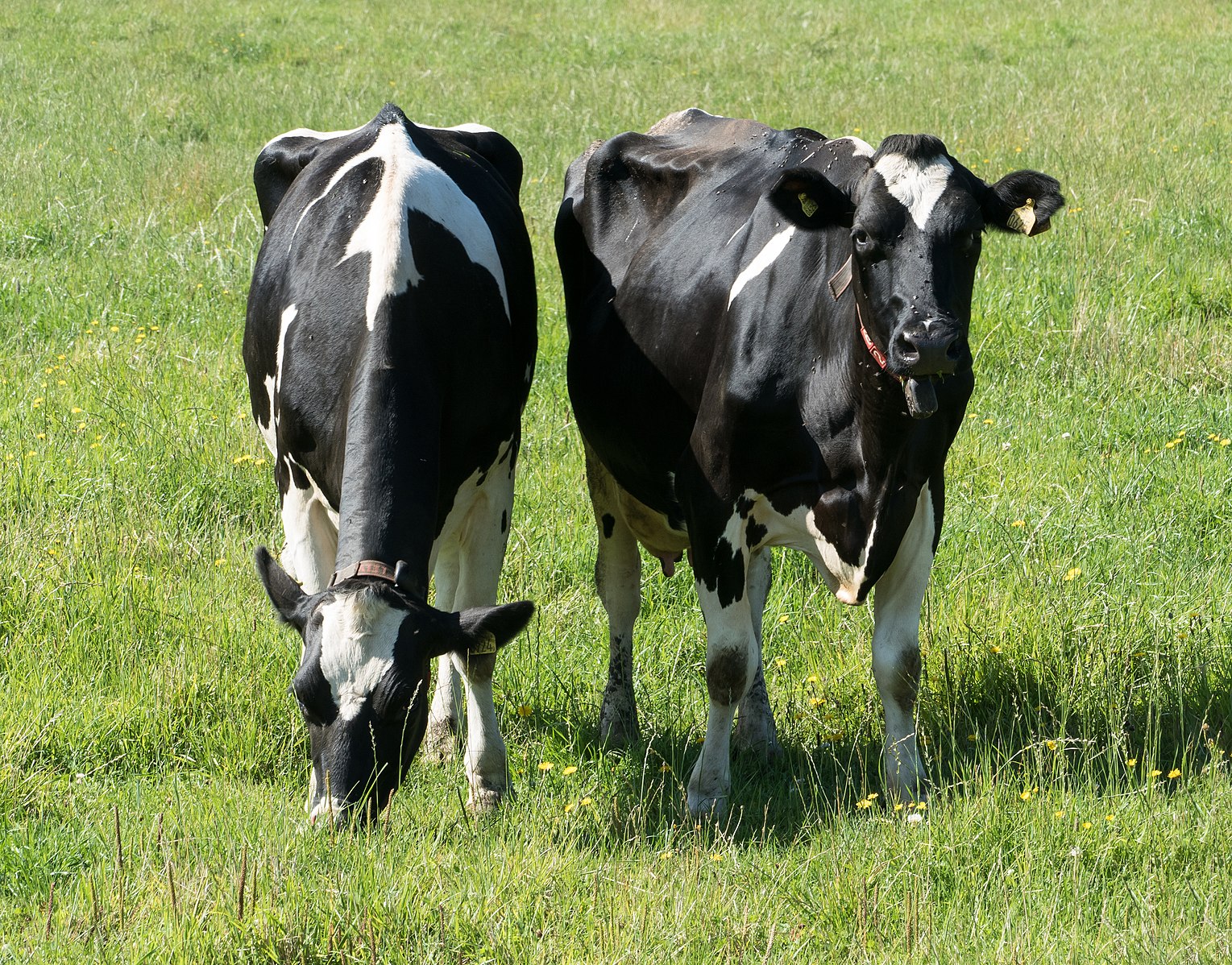
Photo: W. Carter | Wikimedia
Adequate ground clearance is fundamental to keeping arrays far above the largest livestock breeds and the tallest grasses. In general, solar mounts with higher arrays amount to a more adaptable, future-proof installation. If you want or need to shift your grazing land into crop fields or vice versa, mounts with higher ground clearance will give you more flexibility and accommodate a broader range of agriculture operations. With arrays out of the way, you can change your goals and practices while your solar capabilities continue to pay dividends.
All portions of solar racking accessible from the ground need to be strong enough to endure any contact with an animal. For this reason, poles and foundations must be robust but also unobtrusive. Gaps between the pole and the conduit should be narrow. More delicate and complex equipment, like inverters, should be isolated from animals behind fences or other barriers.

With the right array configurations, tractors and other large equipment can move between and around solar mounts with ease.
Reduced mowing is a major benefit of solar grazing, but some vegetation management is still needed in most pastures and range land. This is why you want to ensure you can safely maneuver around the mount with mowers or other farming vehicles, especially if you don’t want to adjust the tilt of each array before and after your operations. If you maintain your land with tractors and other equipment and your solar array will be expansive or if you plan to install a series of mounts in rows or a staggered arrangement, you’ll want to account for that in your project design.
Know Your Foundation Options
Top-of-pole solar mounts can be installed with foundations that pose no issues for animals or plants. Driven-pile foundations are one of the most efficient and least disruptive to soil. This option is sometimes selected by farmers and ranchers who want to avoid adding concrete to their fields and minimize excavation requirements. Some ground disruption will still be needed to create trenches for conduit. MT Solar is currently testing standards for using driven-pile foundations with our mounts.
Concrete-embedment foundations are also fully compatible with grazing fields and farmland. The installation process is comparable to embedding a large fence post, requiring only an excavator, cement mixing and pouring, and basic bracing of a raw steel pole. This foundation’s structure is based on detailed engineering checks that contribute to the mount’s endurance against wind and snow extremes for the location. And although there’s no defined set of engineering standards to make a mount cow-proof, this level of structural integrity is enough to endure an itchy or curious steer rubbing up against a solar mount pole.
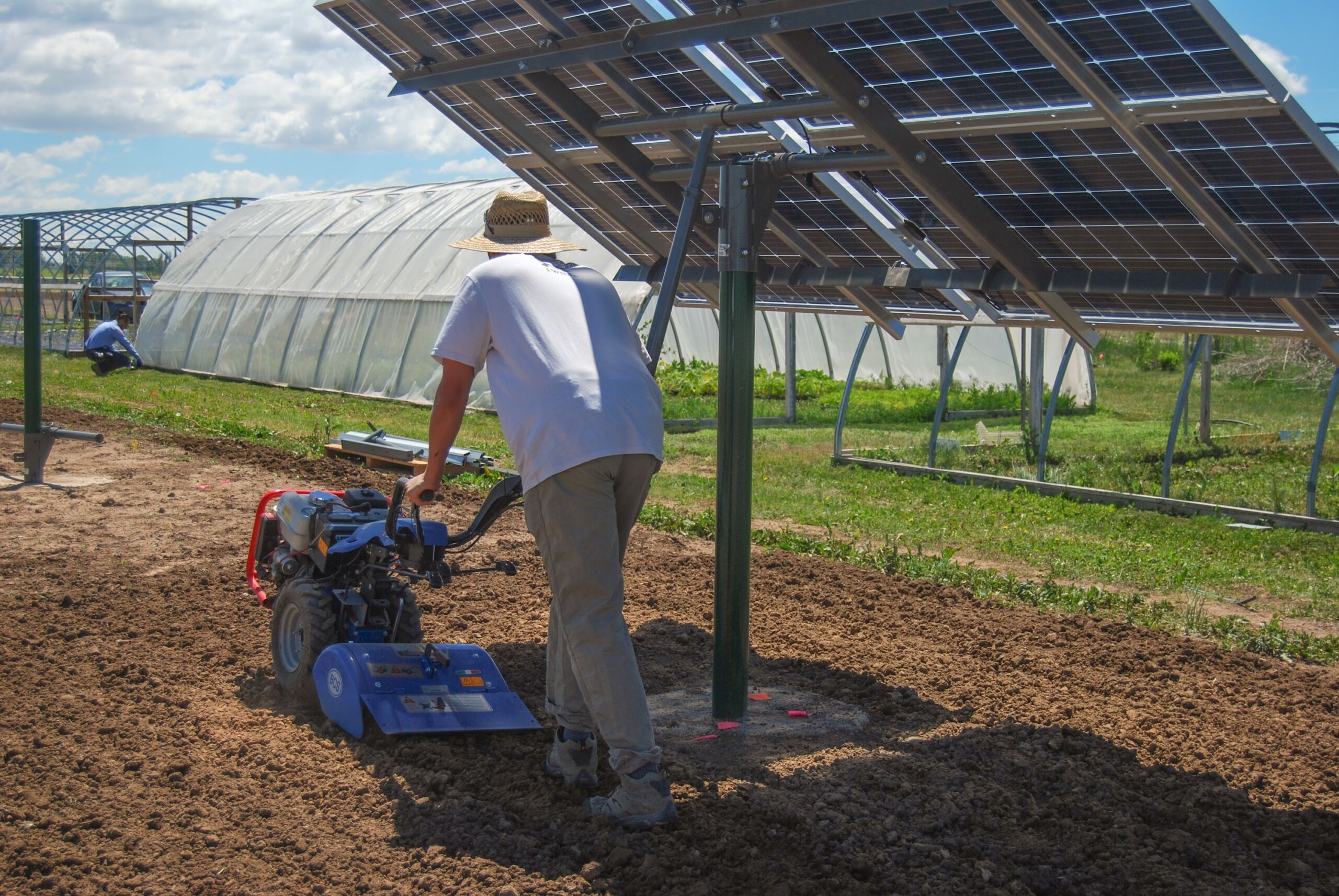
Photo: Sandbox Solar | ARDEC South Research Farm, Colorado State University
Standard concrete foundations will displace the ground to a depth that varies based on environmental demands and the mount’s design. Depending on its shape, the surface of the foundation will cover a 48-inch square or 36-inch diameter around each pole. The attributes of your property, its accessibility, and your preferences for managing your land may merit a different foundation type.
After the Installation and Before You Introduce Your Animals
Regardless of the foundation type, the ground should be given time to recover or be established as grazing land after the mounts have been installed. Cattle-voltaics research projects, such as those implemented at the University of Minnesota and the University of Massachusetts, have shown that cows have little interest in mounts if adequate forage is provided and maintained. Keeping grazing lands healthy and productive will also discourage weeds, mud, and erosion as the animals feed, rest, and traverse below the mounts.

Shade from solar mounts keeps cows happy and healthy.
You may also want to consider adding a monitoring system to keep an eye on how your livestock interact with the mounts. This will not only help you identify and address any unforeseen concerns after your animals are introduced, but it’s also a great way to see them enjoying the shade and cover you’ve added to their space.


